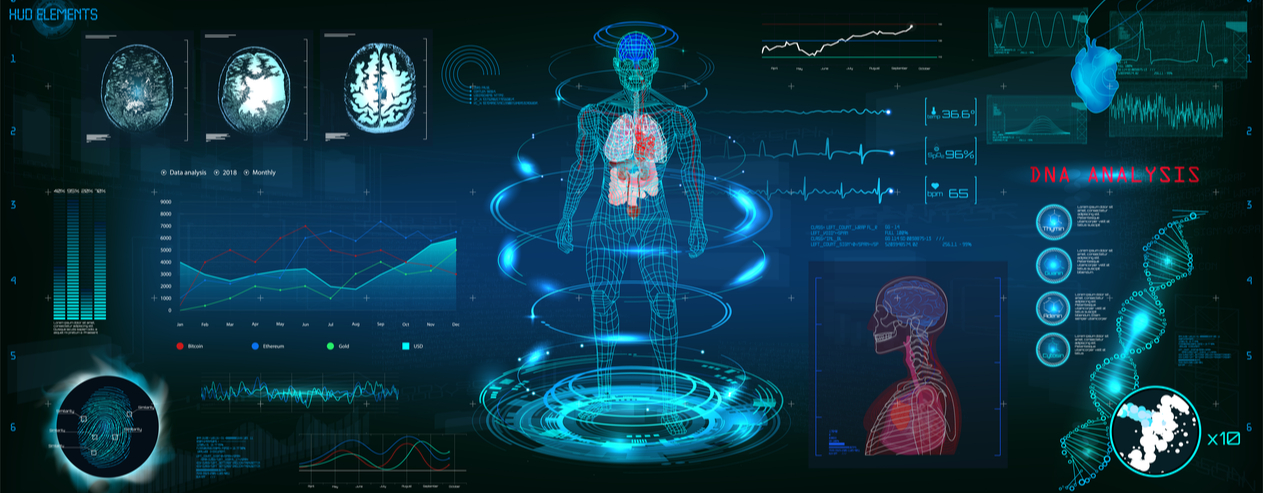
MRI, last choice of imaging to first choice of imaging
- By ASHWIN AMARAPUR
- Feb 15, 2020
MRI scans are sparingly performed despite the existence of MRI scanners for more than four
decades. There are many advantages to MRI. Firstly, in contrast to CT, the MRI is safer as
it does not involve any ionizing radiation. Secondly, the good contrast between soft tissues
makes it suitable for screening and diagnosis. For instance, in diagnosis and prognosis of
brain tumor, MR should be the modality of choice but in many cases CT is used instead. There
are a few reasons behind it :
a. The long scan time required for MR scans
b. The availability of MR scanners
c. The cost of performing an MR scan
d. The patients feel claustrophobic and uncomfortable inside the scanner. The uncomfortable
patients tend to move during the scan which in turn results in motion artefacts in the
reconstructed images. Often the scan need to be repeated due to motion artefacts and causes
considerable waste of time
The data in MRI is acquired in frequency domain representation termed as k-space. The k-space
for a 2D slice consists of frequency encoding and phase encoding steps. The time required
for MRI scan is directly proportional to number of phase encoding steps acquired in k-space.
There were several attempts made to reduce the scan time and resulted in two successful
methods:
1. Parallel Imaging
2. Compressed sensing.
The idea behind both the methods is to reduce the number of
phase encoding steps required to reconstruct an image. Reducing the number of phase encoding
steps is called undersampling. Parallel imaging uses multiple receive coils while compressed
sensing uses image sparsity to reconstruct an image from undersampled data. Parallel imaging
is available in commercial scanners and is regularly used to reduce the scan time.
Compressed sensing emerged in late 2000’s but it took about a decade to release compressed
sense based solutions to the market by manufacturers. The effective reduction in time is
about up to 50% of time compared to earlier. This is still not enough to be considered as
faster. That’s when era of Artificial Intelligence helped.

The artificial intelligence algorithms which are based primarily on deep learning are good at
synthesizing signal based on learning from a large set of examples. They can synthesize
signals at any orientation from sparsely represented data. Since the synthesis is based on
predetermined set of coefficients it is very effective in real time synthesis from sparsely
represented Data.
Aikenist is first of the few companies which is providing AI based Quick Scan solution for
MRI. The MRI scan time can be reduced by 4x without loss of image quality using AI
algorithms. The solution based on advanced Deep learning architecture provides effective
solution to reduce scanning time. This enhances Patient convenience, increases the number of
scans taken per day. This means doctors can recommend more and more MRI scans which provides
effective methods for diagnosis for critical illness like Cancer without any side effects.
The technology becomes very affordable. MRI will move from last choice of imaging to first
choice of imaging. The whole body scans which are not recommended for cancer screening can
be recommended easily. It is well established that early diagnosis of cancer helps to save
lives. This aligns with our mission of safe and effective solutions to save lives.
Can MRI/CT be connected to AI Cloud?
- By ASHWIN AMARAPUR
- Feb 10, 2020
The advent of AI has brought in umpteen possibilities of Medical imaging Scan enhancement,
detection, segmentation and quantification. AI involves set of evolving algorithms applied
to the problem of different disease detection, enhancement and segmentation. Each year such
algorithms performance is getting better than the previous year.
If there is some type of deployment which takes advantage of such continuous process, it has
to be on cloud. The cloud software can be maintained continuously and upgraded continuously.
This can be enabled without intruding any of the other activities for the hospitals or
diagnostic centres.
The second biggest advantage is that there is no upfront hardware investment required.
Customers will benefit from all the typical advantages of cloud hosting like Scalability
without investing on additional hardware.
The privacy which is a major concern can be addressed well with deidentification before
sending the data to the cloud. This will safeguard PHI (Protected Health information). The
processed data can be sent back so that it is stored locally. Cloud storage can be provided
with additional security layer.The typical architecture involves connecting to PACS,
deidentifying the data and sending it to cloud. The data size for each scan can run up to
300 MB, however this kind of data can be easily uploaded within a minute based on today’s
data plans. The Cloud computing uses latest hardware and it can be upgraded without further
investment from the customer side.